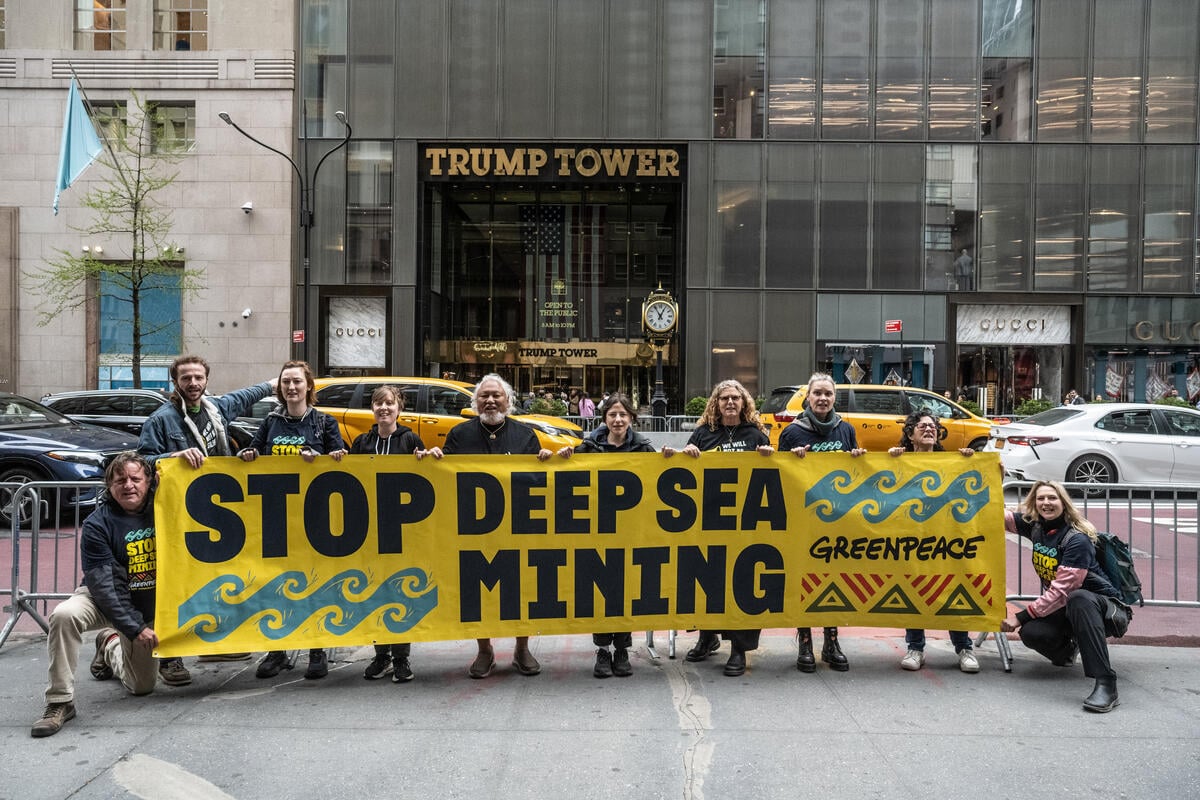How the Global Ocean Treaty can help repair high seas mismanagement
Regional Fisheries Management Organisations (RFMOs) provide a vivid example of how the high seas are mismanaged under the current system of global ocean governance. This report details how RFMOs have failed to meet their mandate for sustainably managing the impacts of fishing activity on biodiversity in international waters and explores how the recently won Global Ocean Treaty can remedy this systematic mismanagement.
RFMOs first emerged around 70 years ago to sustainably manage fishing and its impacts in international waters. However, only small conservation efforts have been made under their watch. They have overseen a worsening ocean crisis, failing to engage in a precautionary approach to prevent the decimation of sensitive species and the destruction of vulnerable marine ecosystems.
The Global Ocean Treaty, agreed and adopted in 2023, can provide an urgently needed legal tool to address gaps in RFMOs management and help protect at least 30% of the oceans by 2030, a target agreed by all governments in 2022, by creating a network of marine sanctuaries across the globe.
As of publication date, 90 countries have signed the Global Ocean Treaty and six have ratified it – but for the Treaty to enter into force and be legally binding, at least 60 must ratify. Greenpeace calls on all governments to ratify the Treaty swiftly and to start to develop the first high seas ocean sanctuaries proposals.
Download the report:



